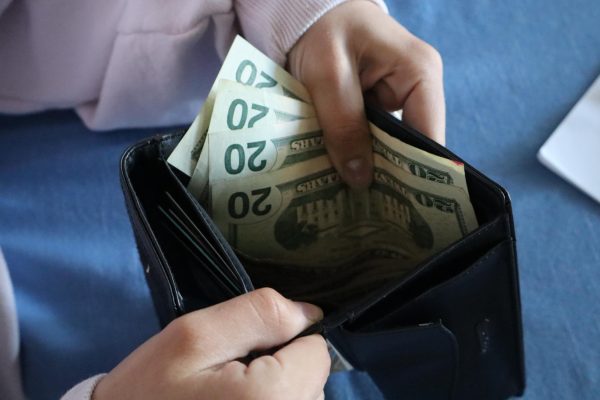Are Horror Movie Getting Better or Worse?
October 24, 2017
Why Horror Movies Are Getting Better (Chloe Gallivan):
As technology has improved dramatically with cameras and visual effects over the last few decades, the remakes of classic horror films are becoming increasingly popular in the 21st century. The horizon for horror movies has expanded throughout the years as box-office numbers increase and plot lines thicken.
“It”, originally written by Stephen King and released in 1990, was recently remade by Andrés Muschietti. Following its release in the beginning of September 2017, the remake of “It” had a record breaking box-office crash of $478 million, surpassing “The Exorcist”, which was known as the best horror movie of all time with only a box office hit of $193 million. The new version of the classic film was called “the highest grossing horror movie ever” by Forbes after the 1990’s film version scored a 57 percent compared to 2017’s version that scored an 84 percent on a popular movie critic website Rotten Tomatoes.
Websites like Rotten Tomatoes prove that new horror movies have improved their content. The imagination of filmmakers are continuously becoming more vivid with the story behind the movies. Back in the day, most movies were paranormal with plot lines like Poltergeist or The Sixth Sense. But this generation started creating films such as Split—about a man with Dissociative Identity Disorder— and The Boy—about a man who lived inside the walls of his childhood house.
Although classics will go down in history, modern movies overshadow them with impressive developments and upgrades with visual effects and camera quality. With this new technology, good horror movies are created that make the audiences’ skin crawl with its graphic effects.
The better visual effects seen in films nowadays are simply something the classics will never be able to keep up with.
Why Horror movies Are Getting Worse (Cami Myers):
In the past year, the movie industry has heavily focused on the horror genre, whether they are remakes of old ones or new ones. This influx of horror movies brings a decline in the fear factor of these films, leaving them with cheesy plot lines and predictable jump scares.
Older horror movies such as “Seven” and “The Sixth Sense” were much more well thought out, with complex plot lines that made gears turn with theories and questions. Older horror movies were more in the psychological thriller genre because plots were intricate, never relying on the few jump scares sprinkled in.
For example, in the movie “Seven,” the viewers were guided to think about what the next murder would be, where it would occur, why all these people were being murdered and what the pattern of the murders was. The viewers were just as involved in the movie as the actors were. The plot was well thought out and every scene played an important role in the unfolding of the horrifying mystery; there were no jump scare cop-outs.
Older horror movies made the viewers feel like they were a detective in the movie, giving it that realistic feel and making it much scarier, as opposed to killer clowns living in the sewer of their town.
These movies were the ones that kept viewers up at night thinking, not the ones that made them scared to turn a corner because something might pop out.
The newest horror movie circulating the cinema scene is “It.” However, the movie’s only horror aspect was the physically scary appearance of the clown and his creepy personality. The film relied solely on the shock factor of jump scares, not the psychological aspect of it. It seems as though in older horror movies, the directors put more thought in on how to play mind games on the viewer. In the movie “Primal Fear,” the final scene of the movie is the most terrifying part because of the unexpected psychological thrill it ends with.
With horror movie these days, however, the fear ends once the lights turn on in the movie theater.










